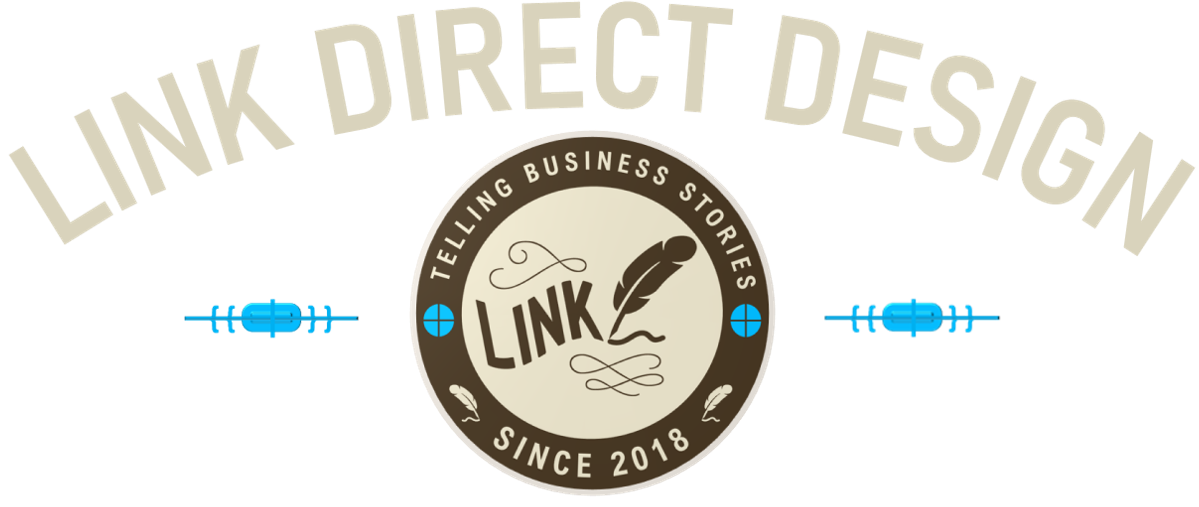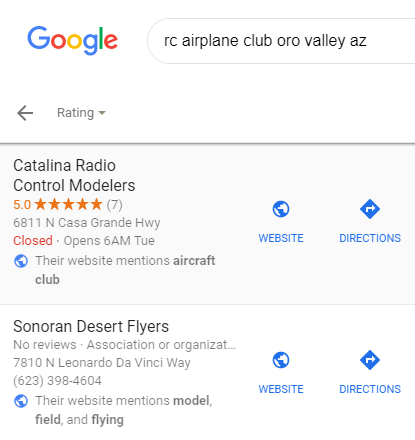Choosing Your First RC Aircraft Package
IF SOMEONE WANTED A FULL-SIZED AIRPLANE TO GET STARTED FLYING, would they just go out and buy one? It is pretty easy to visualize how that might not work out very effectively for someone who did not yet even have a pilot’s license or mastery of the basics needed to fly. Before someone who wanted to fly could make that purchase, they would want to know a few things. They might want to what plane to use for a beginner, would you buy or simply rent that plane, how to purchase a plane, and what requirements and licensing are involved.
A student pilot’s first 15-20 hours in the air would likely be in a trainer plane with an instructor. That plane would probably not be the plane they would prefer after they became more skilled. So a focus on buying first might not be the right approach.
To use the plane they eventually wanted to buy, they would also need - and be required by the Federal Aviation Administration - to take ground school and get an SPC, or Student Pilot’s Certificate - the equivalent of a learner’s permit for new drivers. So a would-be full-size aircraft piolot has several things to consider and do before worrying about buying a plane.
Although they are a little less obvious, there are similarities in becoming an actual on-board pilot and starting to fly radio-controlled aircraft as a remote pilot. Some things to think about when buying your first RC package include:
Consider Networking with RC Hobbyists Before Planning a Purchase
Finding your local RC plane or car club is probably the best move you can make. In some cases, the local RC car and racing community is built around a local business which has provided indoor or outdoor tracks or both. Aircraft enthusiasts have likely found a good place for a private air field, or know of a public area that is designated safe for RC. Try Googling “RC airplane club” and your city and state.
Joining a local club is likely to do several things. Heridium believes in promoting mentorship for several of the same reasons. They benefit you and help the hobby gain more active enthusiasts:
“Finding your local RC plane or car club is probably the best move you can make.”
You will learn faster when experienced RC pilots are helping you. Even those for whom mentoring is not their specialty can be learned from simply by watching them operate. Just because someone is quiet doesn’t mean you can’t learn from them.
Community is part of the fun in this hobby. Let’s say you do your first successful roll. If nobody but your dog is there to share the moment, how much fun is that? Some, for sure! We are just saying that unlike some hobbies you do by yourself, RC is a lot more fun as a community activity.
You will probably have a lot of opportunities to learn. Before you spend your first dollar, it is likely more than one experienced pilot with too many planes in his garage will help you learn with one of hers. She will realize you are likely to make mistakes and may land vertically without intent but will be having a blast reliving her first moments putting a model in the air.
Just like requirements for full-scale pilots, there are some requirements for RC flight. You must have registration to fly. Your number as a pilot must go on all of the aircraft you are responsible for. There are flight rules for RC pilots, and although boat and car enthusiasts are not in quite the same situation, there is no doubt that RC aircraft present dangers and knowledge requirements are good for everyone. UAS is the official designation for RC aircraft provided in FAA regulations. It stands for “Unmanned Aircraft System.” Your local club can help you understand and jump through the hoops.
Someone just might have a used-but-good starter plane package available at a price you cannot resist. RC modelers are famous for swapping and selling planes they have grown out of or that no longer interest them. If you must do a little work to get it into the air, you will be learning skills you will need and want.
If You are Buying
There are on-line stores and may be brick and mortar stores near you. Buying locally will be more likely to get you in greater networking with the local enthusiasts. Most people who work at RC hobby outlets are also local fliers. Find out if the locally owned hobby store is reputable and the staff knowledgeable. Your networking contacts in the club will know, although you may receive differing opinions. Take time to talk to more than just one person.
Buying locally provides a boost to the local RC community and offers a place to get advice from people who are either in your RC contacts network or who know people in your network. On-line may save a few dollars (or not, depending on shipping policies), offer a wider inventory of options, but provide you with less assistance.
TIP: If you buy only your emergency needs at the local hobbyist store, this will be understood there in a short time. Don’t expect the same attention you would receive if you were working with them on a broader basis. Some loyalty with your RC dollars is in order so that the local business can in turn be there to support you.
Options and Abbreviations You May See Right on the Package
Ready to Fly (RTF)
These are packages that have everything you need to get into the air, except of course for FAA registration. Some are more complete, and some come with better instructions than others. Don’t get too focused on the outside graphics. If you are at a local store and can ask to look inside the box, especially with an experienced friend, or study the components list closely, you will be able to make an informed decision about what you are getting. Some packages come with more spare parts than others, a handy feature.
Bind and Fly (BNF) or Receiver Ready (RXR)
Like the driver’s seat, steering wheel and controls in a car, some RC controllers you will like better than others. With the transceiver you will start with, you will be operating something designed for simplicity. Later, however, you may have favorite controllers, and in some cases, those can be synced or paired with many aircraft. That is the purpose of BNF and RXR bundles.
Plug and Play (PNP)
These packages have the motor, Electronic Speed Control (ESC), and servos installed on a flight platform, but usually exclude the transmitter, receiver and motor battery pack and charger. This is another way to get into the air faster than building, but equipment you may already have does not have to be purchased again. It is important to make sure your controller will work with the specifications for the package. That information should be on the box or in the on-line specifications. Staying with a single manufacturer can be helpful in regard to things syncing properly.
Almost Ready to Fly (ARF)
This option is for more experienced pilots. With these kits, you will make a lot of choices in what electronics and servos to use, buying them separately. The planes are mostly assembled, but you install the guts. The advantage to ARFs is the variety of options in plane styles that are available once you are ready for them and the knowledge they require.
Model Kit
This is where craftsmanship in the hobby really gets into gear. You may be an RC hobbyist for years and never build your own model. But that would probably be the exception. There is a satisfaction that comes with building an aircraft from basic parts that you may enjoy. Most models are either wood/balsa, foam or foamboard.
Wood models are the most advanced of the three, built from plans and instructions, and they can be built purely for the enjoyment of putting them on display. You don’t every have to install flying equipment. They can come with or without some, or all, of the interior electronics, servos and engines required, should you buy a kit with the intention of putting it in the air. We recommend you fly the planes you build. Take a picture of your creation before your first flight (and possible first wreck) and let your friends see that on display in your office.
Foam is an intermediate approach. Kits include pre-formed foam parts that don’t require as much in terms of craftsmanship skills. Obviously, the results are not as stunning on close inspection. However, in the air, foam planes can rock. They are usually light in relation to wood kits, which is an advantage.
Foamboard V-22 Osprey VTOL V2 plans available from hanger42.nl
Foamboard is a more recent advance that allows scratch building and RC hobby entry at a low cost and with less craftsmanship patience and skill. Most builds are plan-based designs you create from foamboard sheets with an X-Acto brand knife, glues or tapes. Better designs are based on friction-fit and tab designs and require even less joining and gluing. Some of these kits are great looking, too. They can be spray-painted, covered or left as is. The best features of foamboard are:
Easy and relatively fast to build compared with wood kits
Lightweight and therefore easier to power and control
Easy to repair
Many options for exciting plans are now available on the internet
Considerably less expensive in most cases
Fun for people with moderate crafting skills
Last Thoughts on a Transceiver
When choosing which type of package fits your skill level and needs, you may eventually want to spend more on a better controller you can use with several builds. Your first controller, however, needs to be simple with probably only three channels. Your second or third plane is probably the point where you might consider a long-term radio transceiver unit that you pair with each new plane.
Another advantage to becoming a member of the local RC community is you may be able to borrow and test other controllers to see how they work for you. Do your research when you reach that point in your hobby career to make sure what you enjoy will work with the models you are most likely to move into.






